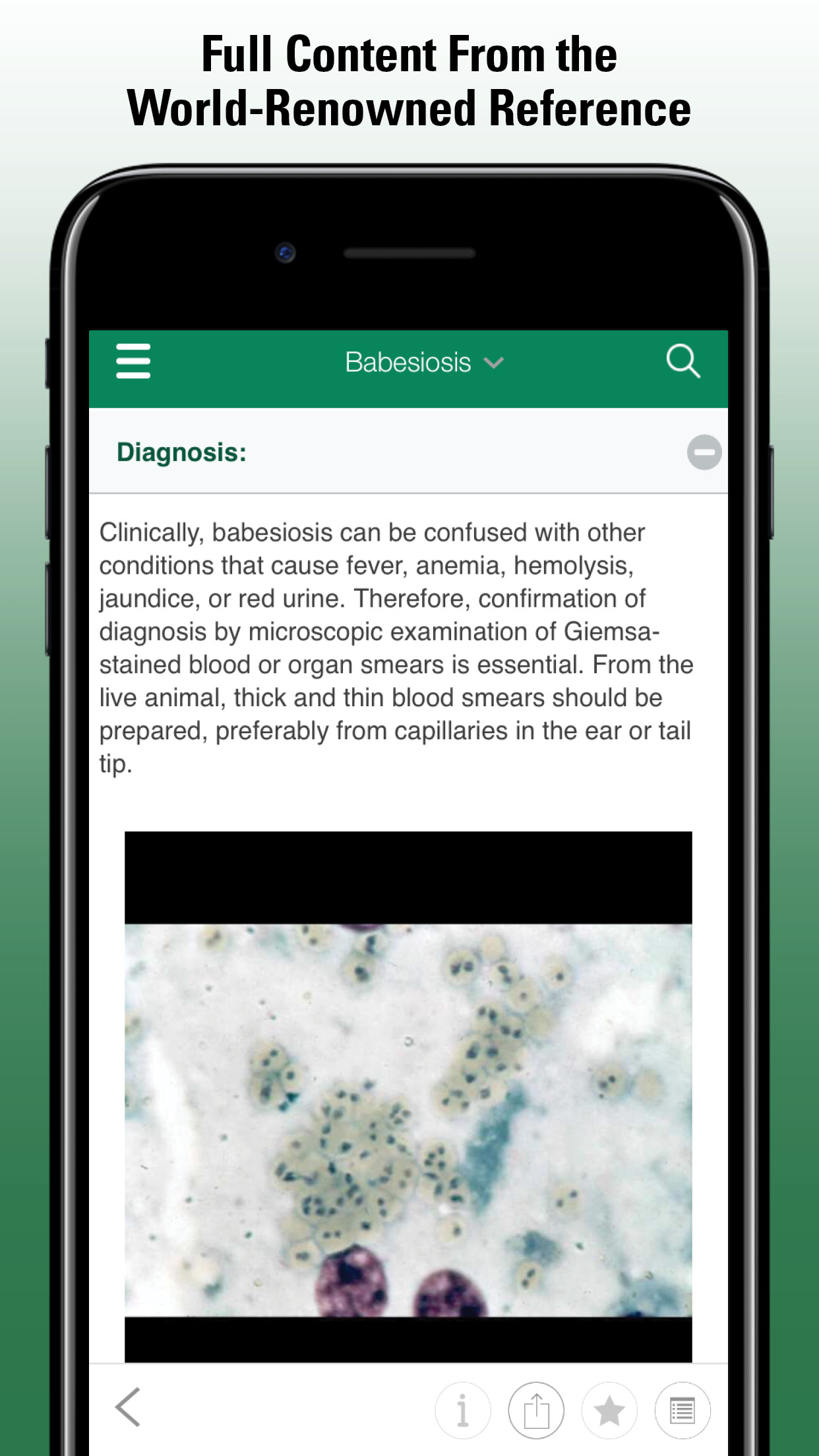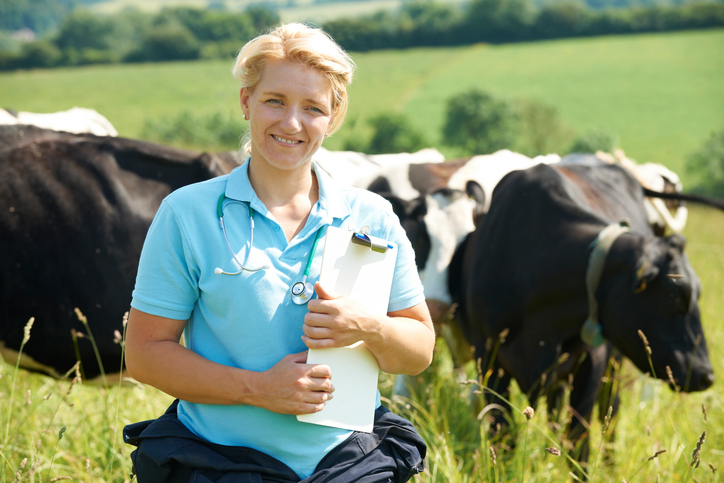The Modern Dairy Industry
- Health-Management Interaction: Dairy Cattle
- Overview of Health-Management Interaction: Dairy Cattle
- The Modern Dairy Industry
- Animal and Herd Productivity in Dairy Cattle
- Interactions Between Health and Production in Dairy Cattle
- The Health Management Program in Dairy Cattle
The structure of the dairy industry in developed countries has continued to evolve as production efficiency has risen. Industry consolidation is the norm, with reduced herd numbers, increased herd sizes, and adoption of specialized management practices that encourage higher productivity.
In the past, most dairy cows were housed in stall-barn facilities designed to maximize operator comfort. Today, free-stall facilities are built to maximize natural ventilation and cow comfort. Historically, barns were often placed in sheltered locations, whereas today they are usually located in open fields or on hilltops to ensure adequate airflow. The type of milking facility is also evolving; whereas in 2007, 49.2% of operations reported using tie-stall or stanchion milking facilities, almost 75% of cows are now milked in parlors, reflecting the fact that most large herds are housed in free-stall or open facilities (and milked in parlors). Most parlors are highly mechanized and designed to minimize the amount of labor required, and economics dictate that milking proceed nearly around the clock to maximize the return on investment.
Milk quality is traditionally defined by the somatic cell count (SCC) and bacterial count in prepasteurized bulk tank milk. In all developed nations, regulatory officials set allowable maximums for SCC. Since 1986, limits for SCC and bacteria have been gradually lowered. The current upper limit for the bulk tank SCC is 750,000 in the USA and 500,000 cells/mL in Canada. The SCC maximum in the EU is 400,000 cells/mL using geometric means as the basis for calculation.
Artificial insemination (through the commercial distribution of frozen semen) is the preferred method of reproductive management in most dairy operations. In fact, 45% of USA dairy operators in 1996 reported that no breeding bulls were present on their farms. The use of genetically elite sires has contributed to increases of >150 kg/yr in genetic merit for milk production. Declining fertility has accompanied advancements in genetic merit. Dairy farms commonly record herd conception rates of <40%. Technologies such as embryo transfer, rapid hormonal assays, controlled breeding programs that use reproductive hormones, and ultrasonography are used increasingly on modern dairy farms.
Nutritional research also has advanced rapidly, especially in areas such as rumen physiology and lipid metabolism (see Nutrition: Dairy Cattle). Lactating dairy cows are generally fed either a component-based ration (forages and grain are fed separately) or a total mixed ration (TMR, forages and grain are mixed and fed together). The basis of a successful nutritional program is the determination of nutrient content of the ration ingredients through laboratory testing, formulation of nutritionally sound diets, and assurance of adequate intake of required nutrients through feed bunk management. Maintaining a stable, healthy rumen environment is difficult with component-based feeding systems. TMR diets are generally based on mixing stored forages (in North America, usually alfalfa hay or haylage and corn silage) with grains (such as high-moisture corn or soybeans) and byproducts such as cottonseed or locally available commodities such as citrus pulp, brewers grains, or bakery waste. On larger farms, cows are often grouped and fed diets specifically formulated to meet their production and metabolic needs. Many farms use professional nutritionists to formulate rations.
Most producers raise their own replacement animals, but an increasing number of large dairy farms contract with specialized heifer growing operations. In the USA, >60% of newborn heifer calves are hand-fed colostrum within the first 24 hr of life to ensure adequate intake of immunoglobulins. The feeding of waste milk from cows undergoing antibiotic treatment or with mastitis is economical but may transmit infectious diseases to the calf. To decrease the potential for disease transmission, some producers pasteurize waste milk (15% of all calves in 2007) or feed milk replacer (>70% of calves in 2007). The amount of milk fed to heifers (typically 8%–10% of body wt at birth) has typically been restricted to encourage consumption of high-protein calf starters, with a goal of early rumen development and weaning by 8–10 wk of age. However, calf health was found to improve when calves were fed more milk than this, and current practice recommends that calves be fed an increasing amount of milk—up to 12%–15% of body wt after the first week of age (10–11 L/day). Holstein heifers are now heavier and taller at the withers than in published standards recommended from years past. The goal of efficient Holstein heifer-raising programs in North America is for heifers to calve at a weight of 550 kg at 22.5–25 mo of age. Various health management programs are used to reach this goal, including deworming and the use of oral coccidiostats, supplemental selenium, and ionophores.
- Health-Management Interaction: Dairy Cattle
- Overview of Health-Management Interaction: Dairy Cattle
- The Modern Dairy Industry
- Animal and Herd Productivity in Dairy Cattle
- Interactions Between Health and Production in Dairy Cattle
- The Health Management Program in Dairy Cattle




